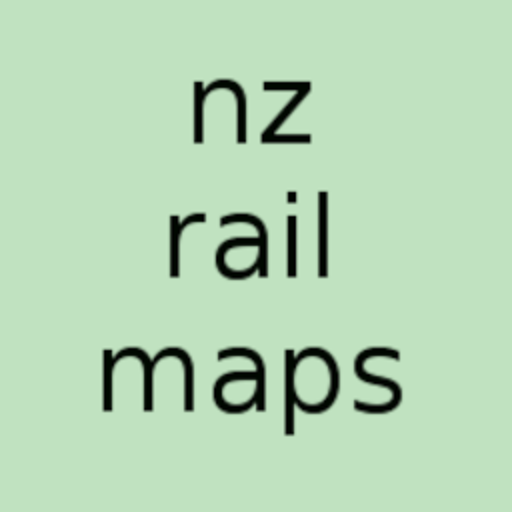On July 30, 2020, The Australian newspaper published an article lamenting the rundown of the rail freight network over there, due to intense competition from road and sea haulage. Whilst road transport of freight is not cost competitive in large quantities and long distances, it works well when only a small volume is to be carried over a shorter distance. Sea freight competition is something else; container ships carrying large volumes can undercut rail haulage in the same way rail can undercut road at the higher volume end of surface transport.
Sending freight by sea is slower than by rail, but this does not matter for a lot of freight, the delay sensitive stuff being perishable food and just in time supplies to retailers. But for coal and logs, for example, a few days extra delay does not really matter. And for goods being exported or imported, there is already a slow journey over the oceans and a bit of extra time moving it around the coast to the international port does not really matter. This is the key aspect of how Port of Timaru is able to offer international container shipping services without port calls. PrimePort acts as an inland port for Port of Tauranga; the containers are moved by Pacifica’s coastal service to and from Tauranga where they are loaded on and off international container ships, and Port of Tauranga is one of the biggest international container ports in NZ. With the coastal operation, PrimePort does not need to use the existing rail freight network to move containers via Tauranga, although rail is used to move freight between PrimePort and some of its South Island customers.
This fact of coastal shipping being viable for volumes of freight in competition with rail is also likely to be material in the decision, referred to in another article we posted a few weeks ago, to let the Wairoa to Gisborne rail line remain mothballed. The local rail action group is continuing its fruitless campaigning through the Gisborne Herald newspaper but without result, using nonsense claims to attempt to persuade politicians that the repair cost is much lower than what Kiwirail have suggested. An example is this paragraph from an article published only a few days ago:
“The line between Waikokopu and Gisborne was built in the 1930s by the Public Works Department at a time when they had extensive experience of railway line construction. Constructed through the rugged and challenging Wharerata hill country, it was well-designed and built to last (given basic maintenance). It is one of the youngest lines in the country and the steel rail does not show a lot of wear.” Well, actually, the Public Works Department did not do the geological testing that they do today, and that is the reason one of the tunnels collapsed after a few years of use, the reason why the line crosses over active landslides, the reason why many of the large culverts on the line blocked up after only a few years, the reason why the line is often closed for weeks at a time to clear slips…the reason why Kiwirail thinks it prudent to budget for a lot more work than basically reinstating the line as it is now.
Faced with the decision of whether to spend money on the rail line or on Gisborne Port, we believe the latter will get priority for an expanded shipping service, and some common sense that has been lacking in local politicians to date would see a coastal international container service via Tauranga, using the existing ships that already pass up the East Coast weekly on their run from PrimePort and other locations. Anyway that was well covered in our previous article. But because the Government has focused on coastal shipping and recently has been working on expanding its potential, not only will the Gisborne line likely remain mothballed, but the long held dream of a railway north from Gisborne through to the Bay of Plenty will never materialise despite ongoing campaiging by a handful of rail enthusiasts.
We have to acknowledge that coastal shipping in a number of areas of New Zealand is and will be a viable alternative to rail. This doesn’t mean we should look forward to a wholesale close down of rail in NZ. Moving freight to and from ports from inland locations is one area where rail freight remains viable, and another is freight that is more time sensitive. These are areas to focus on winning freight off road transport especially as this also reduces the maintenance burden for the highway network. Coastal shipping is also a relevant consideration where international containers are being moved on a foreign ship to a number of different ports around our shoreline. The key reason why the campaign to shut down and relocate the Port of Auckland to Northland is a nonsense is because the volume of containers that flow into and out of Auckland each week can be moved much more cheaply by ship direct to Auckland than by offloading at Northland and railing or roading to the big city. Some fantasists have even claimed that Northport should be our sole international port with everything moving around the country by rail.
We believe in summary there is no real threat to rail transport from shipping except in areas where rail enthusiasts think a new line should be built, or in the case of Gisborne, a poorly designed and maintained line should be reopened for a small volume of freight. Rail will continue to hold its own in surface transport against road competition and the construction of new rail ferries for Cook Strait will aid in doing this. However we have to face up to parts of the network being relatively unviable and the blame for that cannot be laid at the door of the shipping industry.
